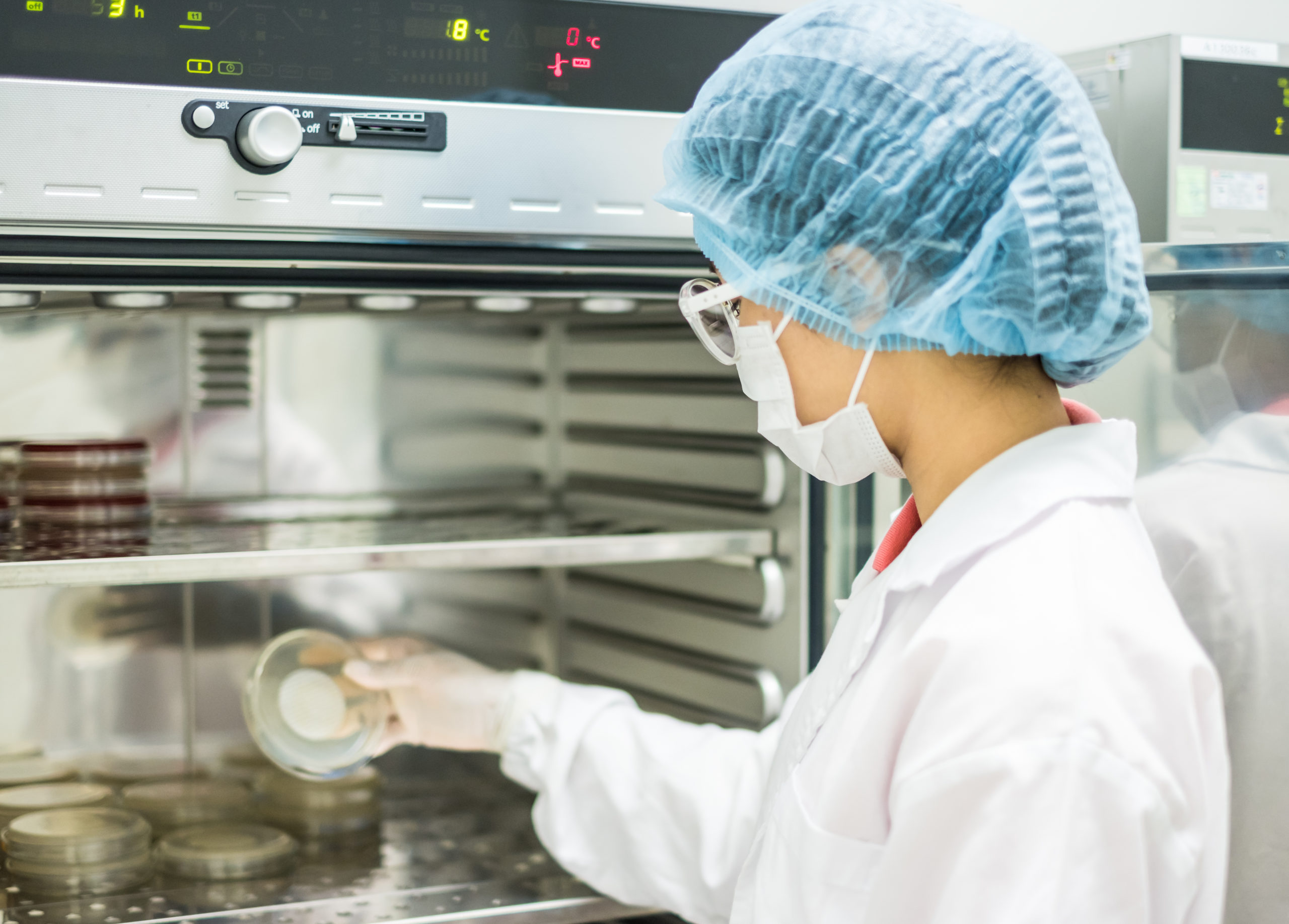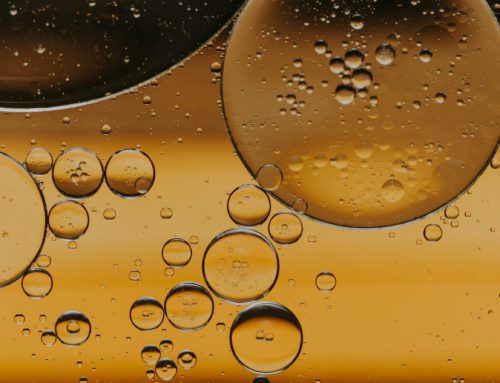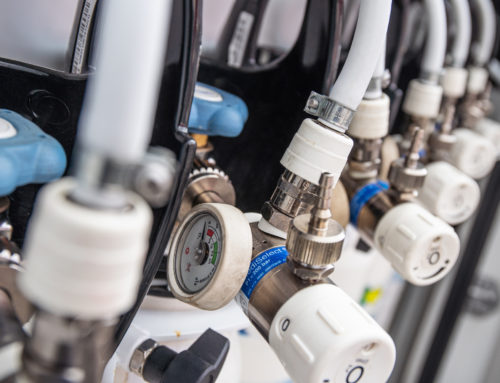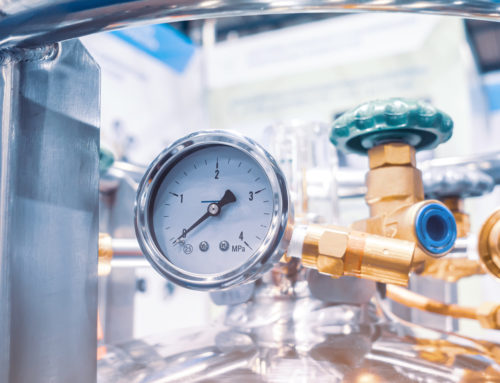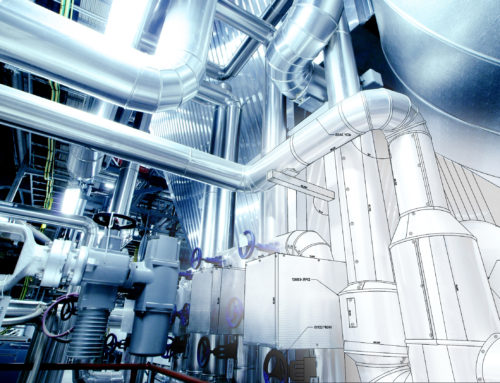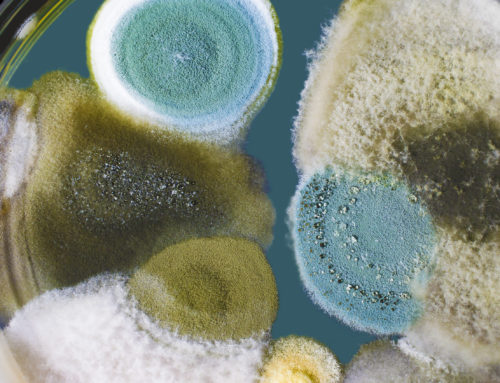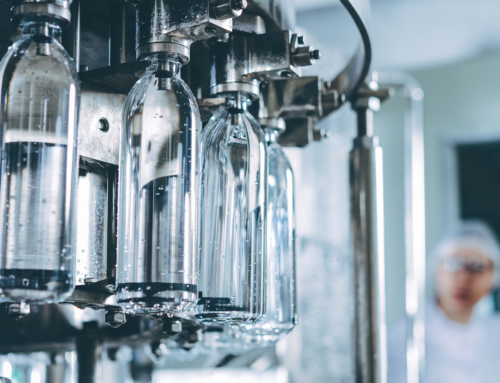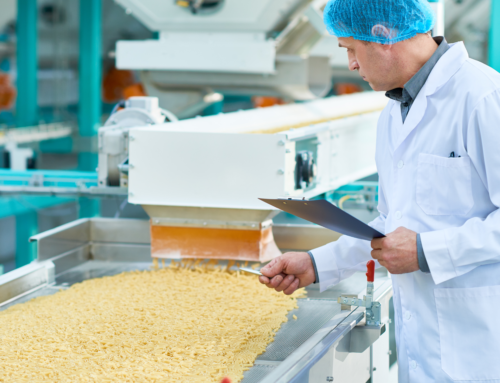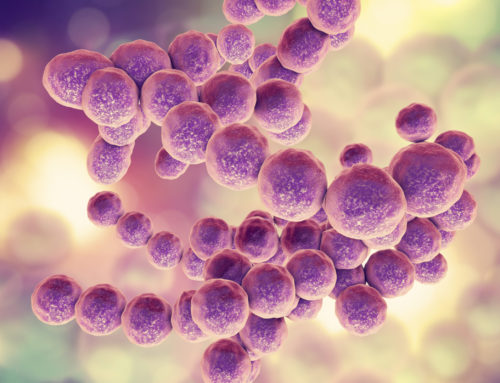Microbial contamination can cause food spoilage, illness, and create huge problems for food, pharmaceutical, and medical device manufacturers. This contamination creates billions of dollars in yearly net loss across the globe. Microorganisms, or microbes, are organisms that are too small to be viewed by the unaided eye. They are vital, tiny organisms who are responsible for a variety of functions from causing a loaf of bread to rise, to supporting life itself. These microorganisms can survive and even thrive in compressed air systems. If the compressed air is contaminated and passes through the system to reach the end products, the results can be quite costly. Regular compressed air testing for microorganisms can help ensure the quality of your air. The purpose of this article is to inform what microorganisms are, what they look like, and help manufacturing facilities understand how to test for microbial contamination in compressed air systems.
Microorganisms are ubiquitous, naturally found in almost every location on this planet. Through billions of years of evolution, microbes have evolved to survive in almost every place imaginable. Bacteria, yeast, and mold can all survive and grow in compressed air systems if the systems are contaminated with water, particles or oil. Anaerobic bacteria thrive in areas without oxygen while facultative anaerobes can survive with the presence or absence of oxygen. Clinically relevant pathogens can survive for months on dry inanimate objects waiting for the opportune time to grow, reproduce, or be transmitted to optimal conditions. The term pathogen is not specific to any classification; pathogens are any causative agents that can cause disease.
Identifying Microorganisms – How to Test
Microorganisms can be identifiable macroscopically by media culturing. Microbial growth plates are used to form colonies large enough to be seen by the naked eye. Colonies can then be isolated, Gram’s stained, and identified with a light microscope. Trace Analytics uses universal type growth plates such as trypticase soy agar (TSA), which is an excellent general-purpose media used to grow bacteria, molds, and yeast. At this point, colonies can be macroscopically differentiated between bacteria, yeast, or mold.
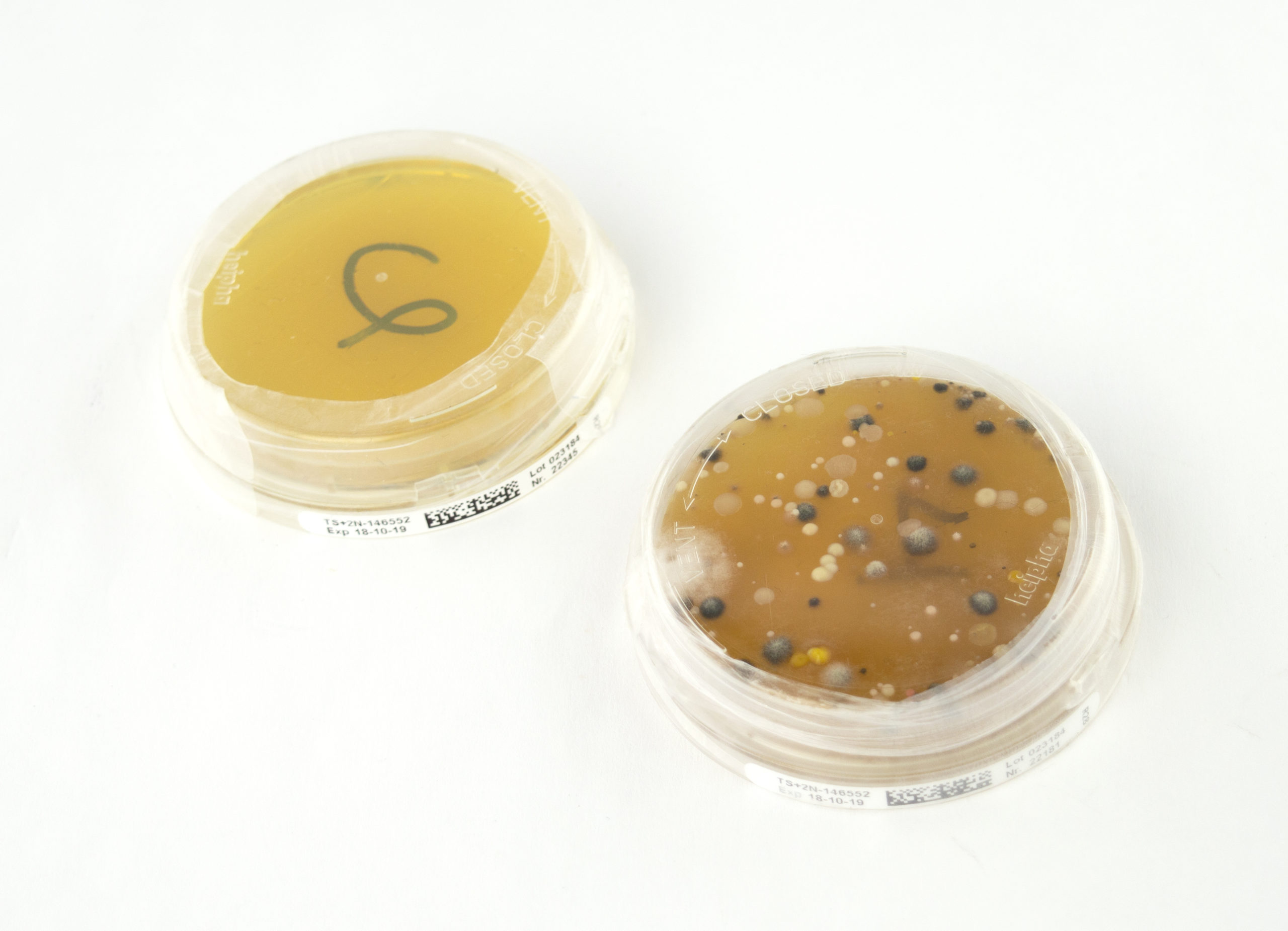
GRAM’S STAINING
Once colonies have been cultured and isolated, Trace Analytics is able to do perform the Gram’s staining procedure for bacterial classification. Gram’s stain, accidentally discovered in 1884, is still one of the quickest and most accurate ways of microbial identification. Under a light microscope, bacteria are generally easily identifiable as positive or negative species. When bacteria have a cell wall (the layer around the bacteria that keeps the genetic information inside the cell), the bacteria is stained purple and designated as Gram-positive. If the cell wall layer is thin, the bacteria are stained pink and classified as Gram-negative. Gram-negative bacteria are generally more resilient against antibiotics than gram-positive bacteria due to a specific type of sugar component on the outside of the cell wall that prevents certain drugs and antibiotics from entering its cell wall.
HOW MICROORGANISMS MOVE
Most bacteria will look either look rod-shaped or round, known as cocci and are able to move in a variety of ways such as swimming, gliding, floating, and swarming, meaning individual bacteria move in sync to towards a common direction, dictated by its drive for optimal living conditions. Movement can be aided by a whip-like tail(s) called flagella and used as a propeller. Pili, which are hair-like arms on certain bacterial species can also aid in movement. Molds can produce lightweight spores that are released in the air to be transported in new locations. Cytokinesis and binary fission, two different forms of cell division, are also considered as modes of transportation in microbes.

PRESUMPTIVE IDENTIFICATION
Trace Analytics also uses a variety of selective and differential media used to inductively identify microbes such as Listeria, E. Coli, Salmonella, and even Candida fungal species found in compressed air systems and on surfaces in manufacturing facilities. Selective media allow certain microbes to grow while inhibiting other species, while differential media contain different compounds to visually distinguish the presence or absence of specific cultures. Various test agar plates at Trace Analytics can do both.
The CDC estimates 1 in 6 Americans get sick from contaminated food and beverages every year and the U.S. Department of Agriculture (USDA) estimates foodborne illness costs billions each year. Contamination in compressed air systems can pose dangers to end-products in food, pharmaceutical, and medical device manufacturing facilities. It’s necessary and less costly to be proactive rather than reactive. Proactive compressed air testing allows companies to take remedial actions to protect their consumers and end products. Trace Analytics, an accredited laboratory, can provide a reliable and accurate analysis through compressed air and surface microbial testing.

